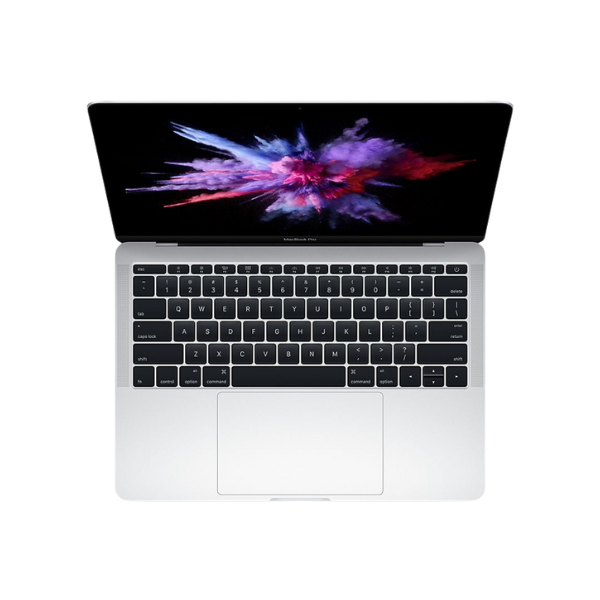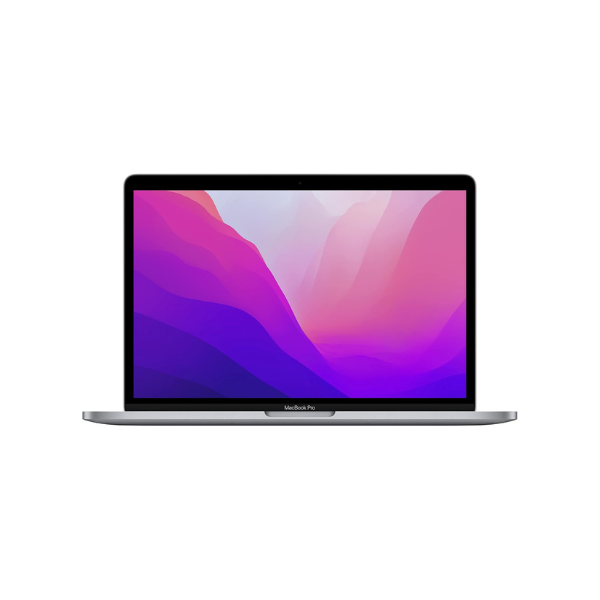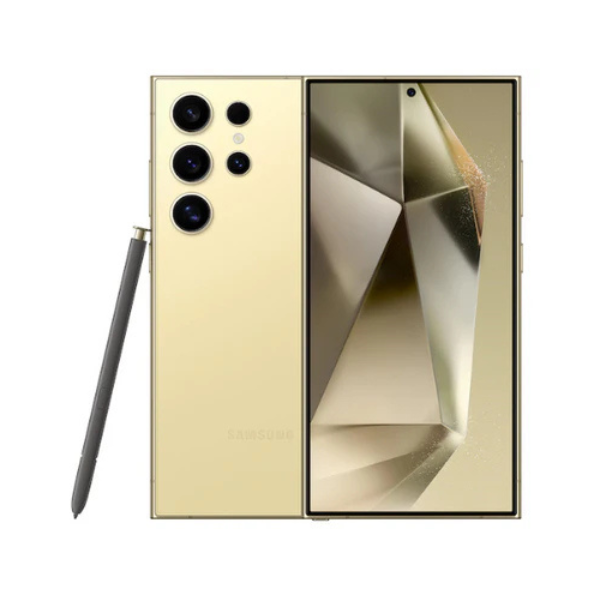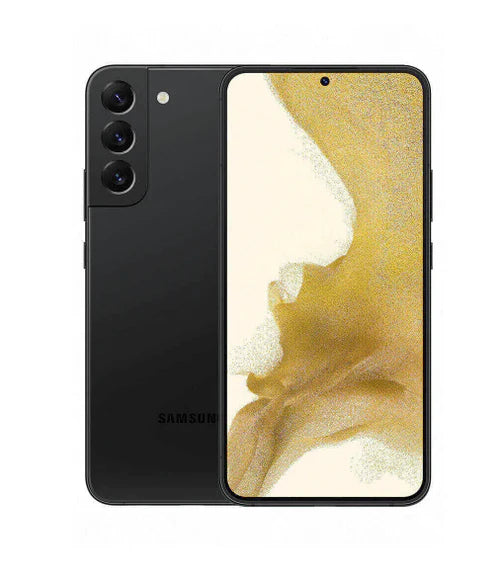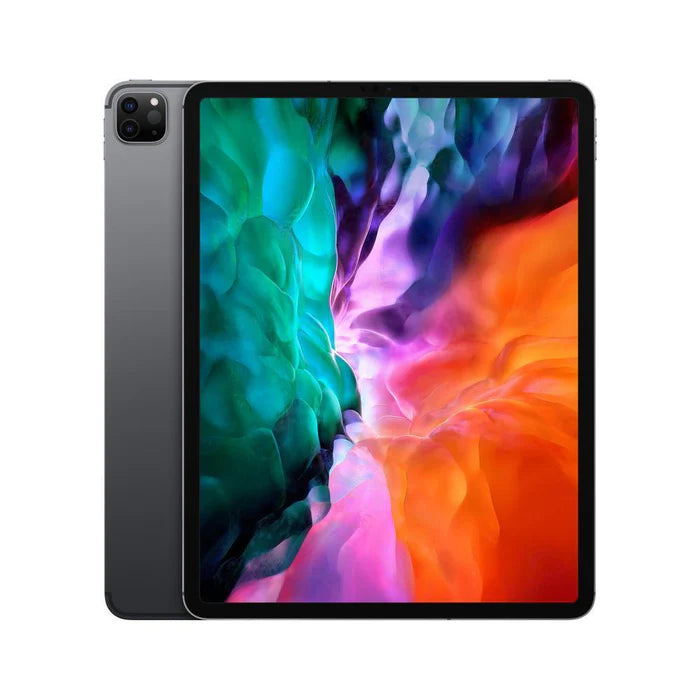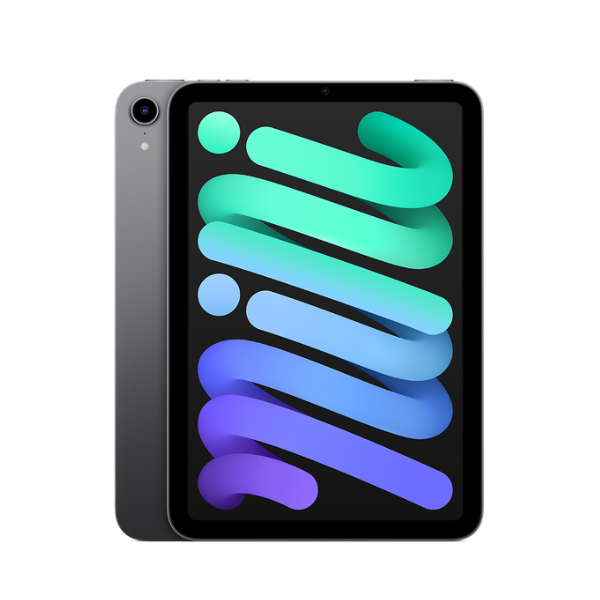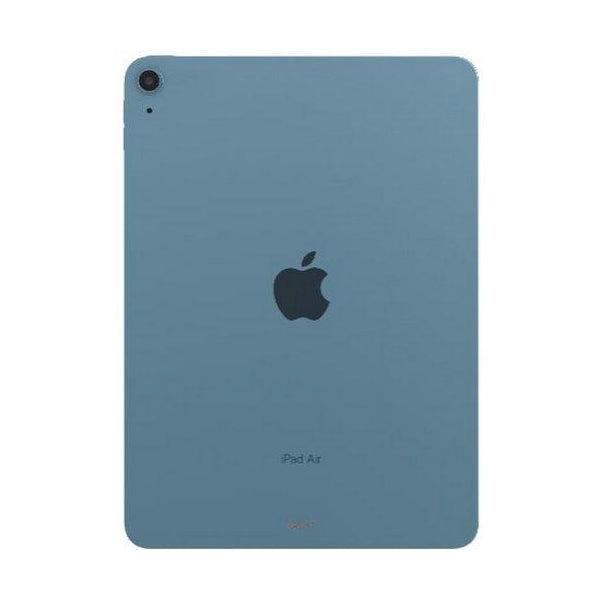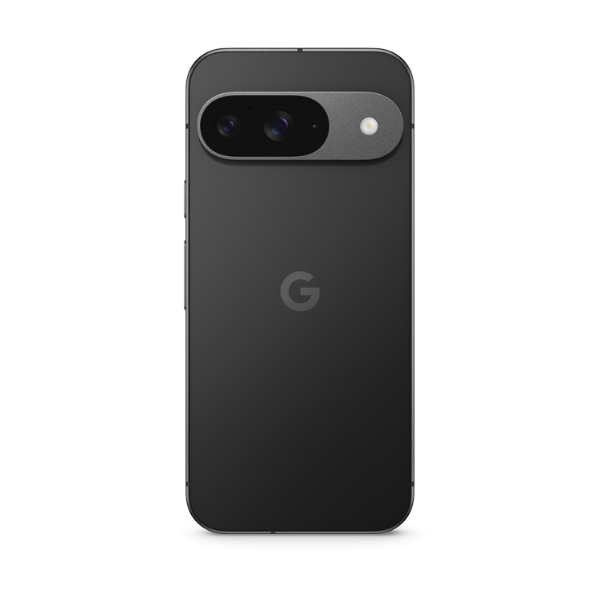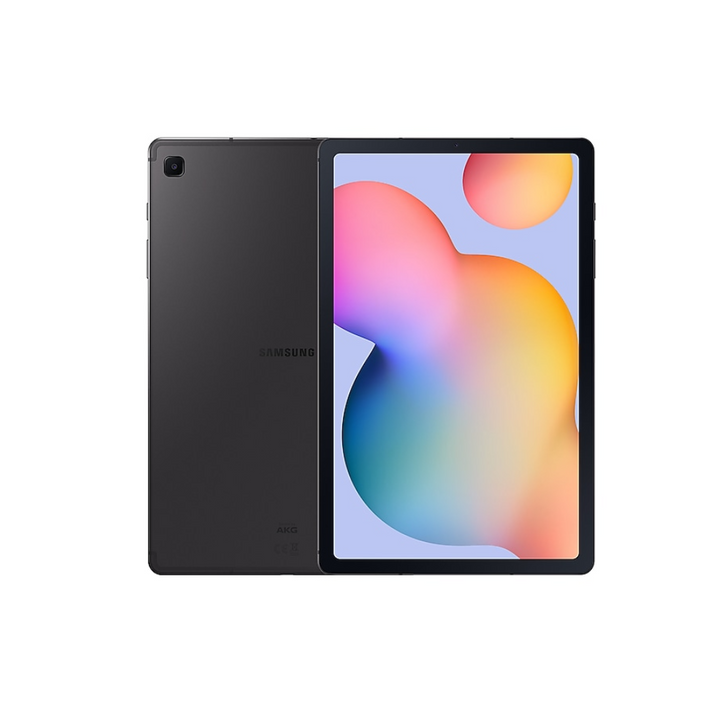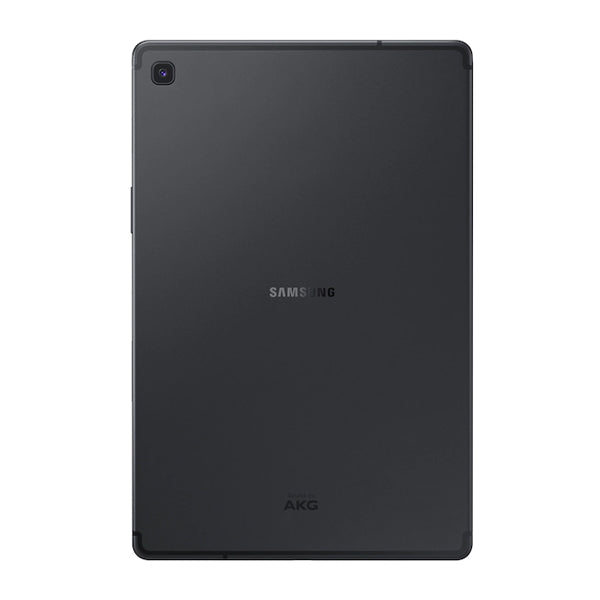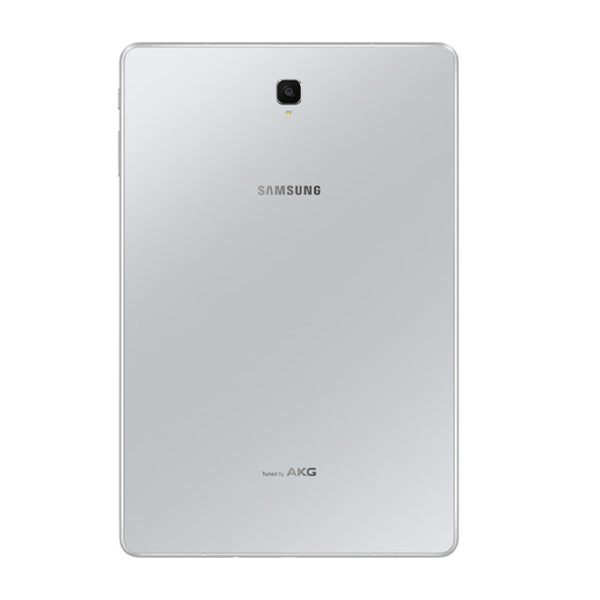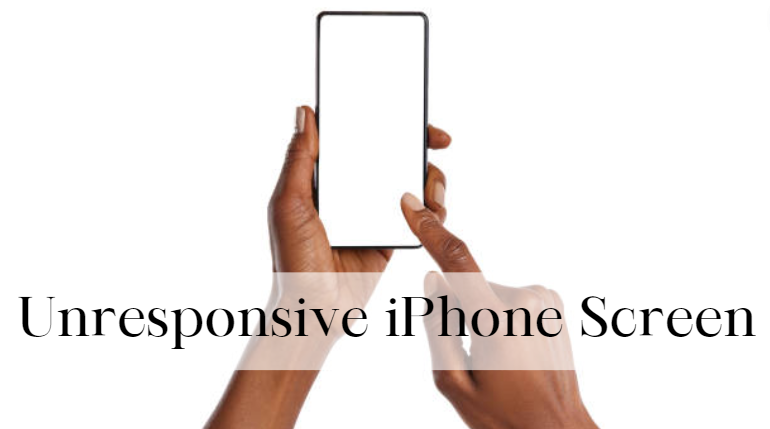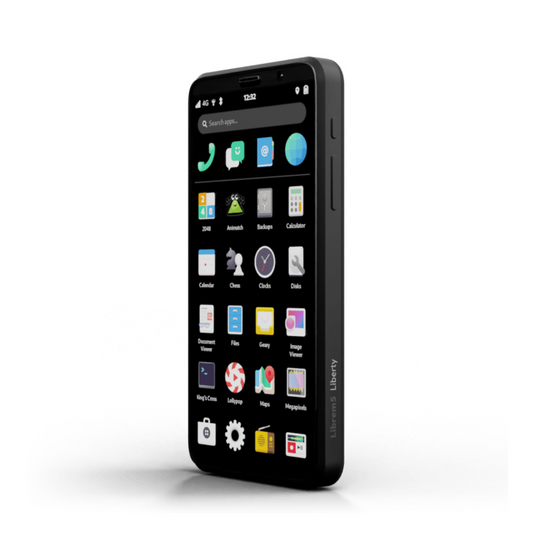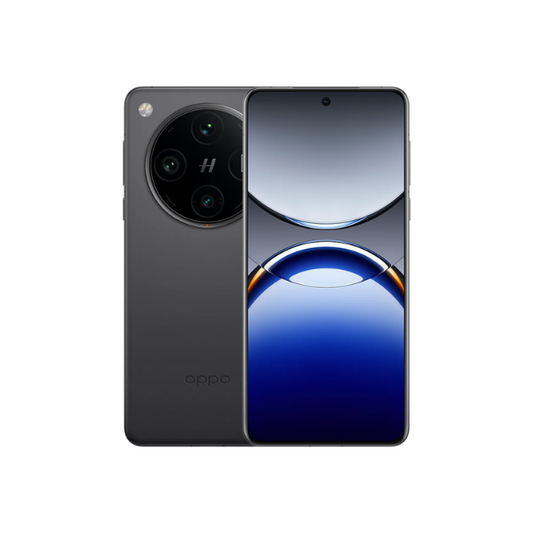The touchscreen of an iPhone is an important part of the phone, allowing users to interact with the device easily. Dealing with an unresponsive touchscreen or the one that has glitches can be really frustrating for users. Fortunately, there are several ways you can try to fix an unresponsive iPhone touchscreen before resorting to planning an appointment with the Apple Store. In this blog post, we will discuss various troubleshooting options to assist you in getting your iPhone working again. These options include basic restarts and complete resets.
Reasons Behind Unresponsive Touch Screen
Here are some of the most common reasons why your iPhone touchscreen may have stopped responding:
- Sometimes, your iPhone may come across software problems that can make the screen unresponsive.
- If you have too many apps or tasks running at the same time, your iPhone might hang and stop responding.
- Temperature extremes can affect your iPhone's touch screen functionality. Let your device cool down or warm up to a normal temperature.
- Sometimes, an app may cause your iPhone screen to function properly everywhere except within that specific app. You can try uninstalling and then reinstalling the app to see if that resolves the problem.
- If the screen of your iPhone gets wet from water, sweat, or body oils, it may not respond correctly and could enter random inputs.
- A poorly designed screen protector or case can have a negative impact on your iPhone's touch screen, potentially causing it to become unresponsive.
- There are certain charging outlets, like the ones found on trains, planes, or in public places, that can make your iPhone touchscreen stop working.
- If you have connected any external accessories like a storage device or charger, they might be the reason for the issue.
- When you drop your iPhone, it can lead to unresponsive or black screen issues.
If you're having trouble with your iPhone touchscreen, try the solutions given below to see if they help.
Check Out: How To Recover Data From Locked iPhone in 2023?
1) Restarting Your iPhone To Fix Unresponsive Screens
It isn't very pleasant when your iPhone screen doesn't respond to touch, especially when you need to use it right away. But don't worry; there's no need to hurry to a phone repair shop to resolve this problem. Usually, just restarting your iPhone can solve the problem.
Restarting an iPhone with Face ID
To restart your iPhone with Face ID, follow these simple steps:
- Hold down the buttons on the right side and either of the volume buttons together until the "Slide to power off" control shows up.
- Slide the slider to the right to turn off your iPhone.
- Please wait for about half a minute before powering on your iPhone once more.
- Hold down the button on the right until the Apple logo shows up.
- Just give your iPhone a moment to start up and go back to the lock screen.
- Open your device by swiping up and entering your passcode.
Restarting an iPhone with a Home Button
To restart your iPhone with a home button, follow these steps:
- Keep your finger on the right button until the "Slide to power off" option shows up. (For older iPhone models like the iPhone SE 1st generation (2016) or iPhone 5s and older, the button will be located on the top instead of the side.)
- Move the slider from one side to the other to power off your iPhone.
- Please wait for about 30 seconds before restarting your iPhone.
- Hold down the button on the right side until the Apple logo shows up.
- Just give it a moment, and your iPhone will restart and go back to the lock screen.
- Open your device by swiping up and entering your passcode.
Check Out: How to Enter and Exit iPhone Recovery Mode in 2023?
2) Remove Your Screen Protector
Sometimes, your screen protector could be the reason behind an unresponsive screen. Here's a quick and simple guide to applying your screen protector correctly and keeping your screen clean.
a) Take Off Your Screen Protector:
If your iPhone screen starts functioning correctly after removing the protector, it suggests that the protector may need to be applied correctly or be too thick.
b) Reapply Your Screen Protector or Buy a New One:
If your screen protector was not applied properly or if it's too thick, you can try removing it and applying it again. Consider buying a thinner screen protector from a well-known brand.
c) Keep Your Screen Clean:
Foreign substances like dirt, dust, or moisture can disrupt the functionality of your iPhone's capacitive touchscreen, especially if a screen protector traps tiny particles. It is important to clean your screen regularly. For best results, use a microfiber cloth instead of materials that could potentially scratch your screen, such as paper towels. Instead, clean your phone's screen with a dry microfiber cloth until it looks completely clean.
3) Update Your iPhone's Unresponsive Screen
If your iPhone touchscreen is not responding, updating your device to the latest version of iOS can often fix the issue. Here's a simple method to update your iPhone when the touchscreen is unresponsive:
- To get started, you'll need to connect your iPhone to a computer that has iTunes installed. It can be a Mac or a Windows PC. Make sure your computer has the most recent version of iTunes installed.
- Open Finder (for macOS Catalina 10.15 or higher) or iTunes (for macOS Mojave 10.14 or earlier or Windows)
- To open the necessary application, use either Finder or iTunes, depending on your computer's operating system. For Finder, make sure you have macOS Catalina or a newer version. However, to use iTunes on macOS Mojave or earlier and Windows, open the application.
- If you're able to unlock your iPhone and get to the home screen (using Face ID or Touch ID), your device might show up in the Finder or iTunes sidebar. To get the latest iOS update, choose your iPhone and click on the Update button to download and install it.
- If you haven't used your iPhone with this computer before, you should establish trust between them. Your iPhone will display a prompt asking you to "Trust" this computer. If your touchscreen is unresponsive, you won't be able to tap on it to confirm. To resolve the issue, you need to place your iPhone in Recovery mode.

Here's how to put your iPhone into Recovery mode:
- Make sure your iPhone is connected to your computer.
- Restart your iPhone by following the instructions for your particular model.
- Instead of the Apple logo, your iPhone will display a "Recovery mode" screen.
- A notification will appear on your computer, indicating that a connected iPhone is in Recovery mode. To begin downloading and installing the latest iOS version, choose "Update" from the window.
Please be aware that updating the software on your iPhone may not resolve any issues if it has been damaged or has a hardware problem. If you have any issues, you can reach out to Apple Support or visit an Apple Authorised Service Provider.
Check Out: How to Quickly and Easily Fix iPhone Boot Loop Issues in 2023?
4) Disconnecting Lightning Accessories to Fix iPhone's Unresponsive Screen
Another solution to resolve the issue of the unresponsive touch screen is to disconnect Lightning accessories. Here is some important information:
Reasons for Touchscreen Problems Caused by Lightning Accessories
Some Lightning accessories may cause issues with touchscreen interactions despite being made for Apple devices. That happens because some accessories can create electromagnetic interference (EMI) that disrupts the connection between your iPhone's touch screen and the logic board. If this happens, you might encounter problems such as touch input not working, slow responses, or other unpredictable behavior.
Which Accessories Can Cause Issues With the Touchscreen?
Here are some examples:
- If you use wired headphones that connect to your iPhone's Lightning port, they might cause EMI that interferes with touchscreen input.
- Charging cables can sometimes cause EMI that can disrupt the touchscreen signal, similar to wired headphones. That can happen even if you're using a genuine Apple cable.
- Additional accessories that are connected to your iPhone's Lightning port, like third-party adapters or dongles, may also lead to touchscreen issues.
Steps to Remove Accessories & Resolve Touchscreen Problems
If you've already tried other troubleshooting steps for your iPhone's touch screen without any luck, it might be worth disconnecting any accessories that are currently connected. Here are the steps:
- Remove any accessories connected to the Lightning port of your iPhone.
- Make sure to restart your iPhone to clear any background processes.
- Try testing your touchscreen to check if the problem has been fixed.
If removing accessories resolves your touchscreen issues, you can then try adding them back one by one to identify the specific accessory causing the problem. If you can figure out who's responsible, you can find another option that won't create electromagnetic interference.
Check Out: How to Fix an iPhone Camera Black Screen in 2023?
5) Try To Force Restart Your iPhone
It's important to maintain your iPhone to keep it in good shape regularly. Sometimes, you might have to force restart your iPhone to fix problems like a frozen screen. Here's a simple guide on how to force restart an iPhone, including different models like iPhone 8, iPhone 7, iPhone SE (2016), or an iPhone 6s or earlier.
It's important to understand that a forced restart is not the same as a factory reset or a hard reset. Performing a factory reset on your iPhone will delete all data, while a hard reset will reset settings to default without deleting data. However, a force restart restarts your iPhone without deleting any data, so there is no need to worry about losing any information.
Apple has created various iPhone models with different buttons that you can use to perform a force restart on your device. Here's a summary of the steps for each model:
How to Force Restart an iPhone 8, iPhone SE, or an iPhone With Face ID
- Press and release the volume up button.
- Press and release the volume down button.
- Hold down the button on the right until the Apple logo shows up.
- Let go of the side button.
- Just wait for your device to finish booting up, and it will return to the lock screen in a few seconds.
- To unlock your device, swipe up or press the home button and enter your passcode.
How to Restart an iPhone 7
- Hold down the volume down button and the right-side button simultaneously until the Apple logo shows up.
- Let go of both buttons.
- Just give your device a moment to finish booting up, and it will take you back to the lock screen in a few seconds.
- To unlock your device, press the home button and enter your passcode.
How to Force Restart an iPhone SE (2016) or an iPhone 6s or Earlier Model
- Hold down the home button and the right-side or top-corner button simultaneously until the Apple logo shows up.
- Let go of both buttons.
- Just give your device a moment to finish booting up, and it will take you back to the lock screen in a few seconds.
- Press the home button and enter your passcode to unlock your device.
Restarting your iPhone can help fix an unresponsive touchscreen. If the problem continues, it might be necessary to get assistance from a professional or reach out to Apple support.

Check Out: How to Fix the Right Side of Your iPhone Screen Not Working?
6) Factory Reset Your iPhone
Restoring your iPhone to its factory settings is the most effective way to determine if the touchscreen problem is caused by hardware or software. If you go ahead with this, all the data on your iPhone will be deleted. If the problem continues, it means there's a hardware problem.
Backup Your iPhone before Factory Resetting
Prior to initiating a factory reset, it is advisable to create a backup of your iPhone data. If you use iCloud backups, you should have an automatic backup from the last 24 hours, as long as your iPhone is connected to Wi-Fi and plugged in at some point during that time. If necessary, you can create a new backup on your Mac or PC. If your touchscreen is not working, you can only fix it by connecting your iPhone to your computer.
How to Reset Your iPhone to Factory Settings
To reset your iPhone to its original settings, follow these simple steps:
- First, open the Settings app on your iPhone.
- Next, select General and then choose Reset.
- Click on the option that says 'Erase All Content and Settings' in step 3.
- Click on 'Erase iPhone' in step 4.
- Click on the option to erase your iPhone once more to confirm the process.
Recovering Your iPhone Data after a Factory Reset
After performing a factory reset on your iPhone, it will be restored to its original state. Unfortunately, you will have to start over with your iPhone and lose all your data. Restoring your data is easy. Simply factory reset your iPhone and select the option to restore your backup during setup.
7) Contacting Apple For Repair
Many people have encountered the problem of their iPhone screen not responding to touch, which can be quite frustrating. This issue is quite common among iPhone users and can cause a lot of inconvenience. Instead of panicking and resetting your phone, try reaching out to Apple Support.
If your iPhone screen isn't responding to touch, you might think it's a software problem that can be fixed with a reset. On the other hand, the issue might be related to the hardware, so there might be a better solution than resetting your phone to its factory settings.
It's a good idea to reach out to Apple Support, especially if you still need to back up your phone's data. Apple technicians can diagnose and resolve the problem without deleting any of your phone's data, which means you won't have to go through the trouble of restoring it.
If the technician finds a major hardware issue with your iPhone, they might have to replace it with a new unit. Apple prioritizes your privacy and security and will not bypass the trusted computer prompt on your iPhone to access your data. You will need to transfer your data to the new iPhone.
8) Use Third-Party Software
Need help with your iPhone's touchscreen? Rest assured, there is an uncomplicated resolution! Dr.Fone - System Repair is a reliable software that can easily fix an unresponsive iPhone screen. Here's a simple guide to quickly fix your iPhone:

- Open Dr.Fone and choose "System Repair" from the menu.
- Select "iOS" to indicate the smartphone model you're fixing.
- Choose "iOS Repair" to start fixing system issues on your iPhone.
- Choose the "Standard Repair" option to ensure the safety of your data during the iOS device repair process.
- Follow the on-screen instructions to put your iOS device into Recovery Mode.
- Download the iOS firmware you wish to install on your device.
- Before you can start system recovery, you need to wait for the firmware to download and validate. Once that's done, you can select "Repair Now".
- After the repair is done, press "Done" to finish.

Dr.Fone: System Repair is a reliable tool that has assisted many iPhone users in resolving different iOS problems. If your iOS system has an issue that isn't mentioned, you can still fix it by choosing "Repair Now." Dr.Fone - System Repair ensures that your iPhone's touch screen is fixed without any data loss, allowing you to continue using it seamlessly. Why not give it a shot today?
Check Out: Free iOS Data Recovery Software: A Comprehensive Guide
Buy High-End Refurbished Smartphones from Roobotech in Australia
Are you in search of a high-quality smartphone that fits your budget? Roobotech is a perfect choice! We offer a wide range of refurbished smartphones from top brands, including Apple, Samsung, Oppo, & Google.
We ensure that our phones are thoroughly refurbished with genuine OEM parts, and our expert technicians conduct a meticulous quality check on each device. Additionally, our phones are thoroughly cleaned before being given to customers. You will receive a high-quality device that functions as if it were brand new.
However, what distinguishes Roobotech is not only our dedication to excellence. Purchasing a refurbished phone from Roobotech not only saves you money but also contributes to environmental sustainability.
Customer satisfaction is our top priority at Roobotech. We have a variety of phones available at affordable prices. You can easily order them online and expect fast and secure delivery. We're here to help you make informed decisions about your purchases, ensuring you get the phone that suits your needs.
If you're looking for a great smartphone at an affordable price, check out Roobotech. Visit our website to see our current offers and discounts. Many customers have already found great value and quality in our refurbished phones.
Conclusion
If you're having trouble with your iPhone screen not responding to touch, here are some things you can try. Ensure that your screen is clean and clear of any dirt or particles. Consider restarting your device, turning off any recently installed apps or updates, or resetting your phone to its factory settings. If these steps are not effective, consider reaching out to Apple Support for additional help. If you're having trouble with your iPhone, follow these steps to fix the problem and start using your phone again. Make sure to back up your data before trying any troubleshooting steps, and get a good iPhone case to keep your device safe.
Frequently Asked Questions
What could be the reason for my iPhone screen not responding to touch?
There are multiple possible causes for an unresponsive iPhone screen. There are several possible reasons for this issue, such as a software glitch, a frozen app, a faulty touchscreen, or physical damage to the screen.
If my iPhone screen stops responding, what do I do?
If your iPhone screen stops working, you can attempt some troubleshooting steps. Begin by wiping the screen to get rid of any moisture or dirt. If the previous steps don't resolve the issue, try disconnecting any USB accessories, removing the case and screen protector, performing a force restart, updating your iOS, or reaching out to Apple Support for more help.
Can an iPhone screen be fixed without professional assistance?
Yes, there are steps like force restart, updating the software, or resetting settings. These steps can help fix software-related problems that may be affecting your touchscreen. If the problem continues, you should seek help from a professional or consider replacing the screen.
What is the price for repairing a non-responsive iPhone touchscreen?
The cost of repairing an iPhone screen can vary depending on the specific model and issue. However, it's possible to provide a general estimate of the potential repair cost so that customers are informed. The typical price for repairing an iPhone screen ranges from $65 to $473, with an average cost of $155.77.



